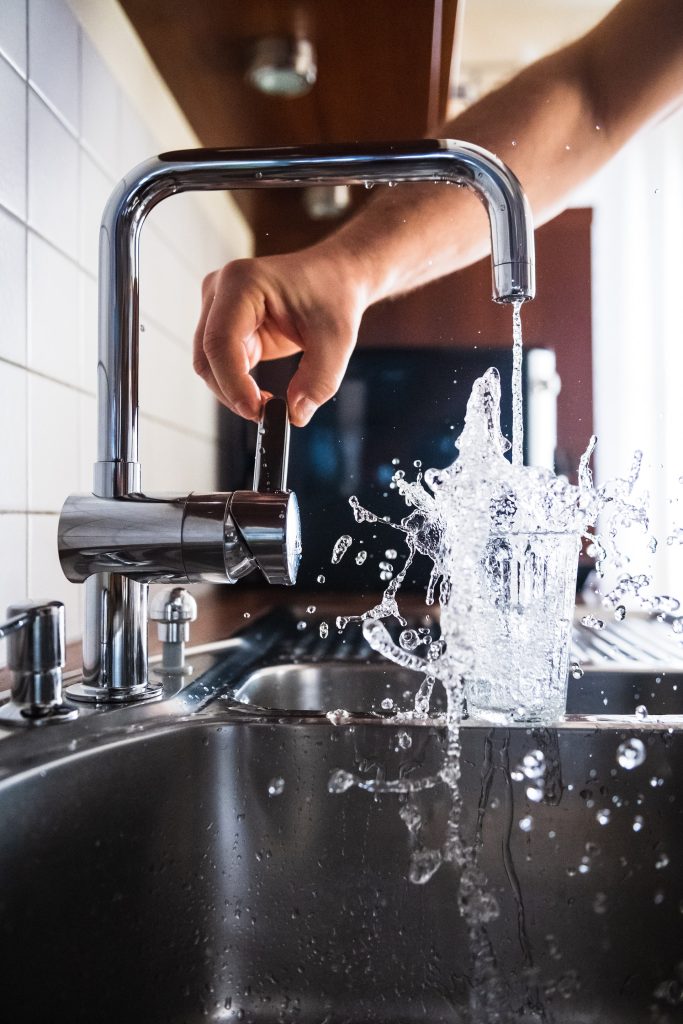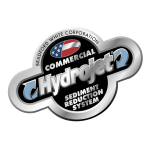If you’ve ever experienced issues due to hard water in your area, you may have considered installing a water softener in your home.
Many homeowners have water softeners installed in their homes. But, for those who are newer to the concept, there is often a crucial concern: can you drink softened water?
Despite what some might think, drinking soft water is safe. In fact, soft water eliminates the health risks of consuming hard water, such as developing Alzheimer’s disease. Water softeners eliminate elements like calcium, magnesium, and other minerals from your water. Salt softeners replace the harsh ions with sodium ions that aren’t harmful to you.
This article will walk you through the basics of soft water and water softeners. We will also outline whether or not drinking water from a water softener is safe. As such, let’s start with the basics.
What is softened water?
Soft water has undergone a process to remove harsh minerals such as magnesium and calcium. Hard water, on the other hand, can be tough to use for cooking and cleaning since it’s rich in different types of minerals.
It’s better to use softened water in your home, especially when cleaning. With soft water, you don’t have to use as much soap when washing. Hard water, however, requires a lot more soap since the soap particles tend to bond with calcium ions and leave water stains. You also won’t need as much detergent when washing your clothes.
Since many regions in the US have hard water, water softeners have become increasingly common. The average US household uses hundreds of gallons of water a day and when hard water passes through the pipes or electrical appliances, it can lead to excessive scaling. This can cause several issues including blockages and corrosion.
How do water softeners work?
Due to the many benefits, many people prefer softened water for their home. There are several types of water softeners, but the most common one uses softener salt. Through ion exchange, this softener leaves you with softened and easy-to-use water.
A salt-based water softener comprises a mineral tank with spherical resin beads. These beads are charged with sodium ions with a negative charge (anions).
The anions (negative charge) of the resin beads attract the cations (positive charges) of calcium and magnesium in the hard water. These beads grab the positive ions of harsh minerals and leave softened water free of minerals to flow through your pipes.
Is soft water safe to drink?
With all of the scientific terms, many people are likely to have this question: Can you drink softened water? And the answer is yes!
Turning hard water into soft water doesn’t involve any chemicals or harmful additives. In fact, the process actually removes the harsh minerals from the water.
Sodium is released in the water, but don’t worry; the sodium levels aren’t high, so it won’t cause you harm. Only a minimal amount of sodium ends up in the water that flows through your taps, making it harmless.
Can you drink water softener water? Yes! Actually, there’s a much higher sodium content in most of the food you eat daily. And, fortunately, if there aren’t too many minerals in the hard water to start with, there will be even less sodium in the soft water.
This is why it’s a good idea to test hard water to know the original mineral content as it will give you an idea of how much sodium will end up in it after the ion exchange. If you still feel the sodium is too much, you can add a reverse osmosis system to your softener.
What are the parts of a water softener?
A water softener is a simple device that you can install at home. It has three main parts, which include:
1. Control valve
Every water softener needs a control valve to function effectively. This valve measures the water that passes through the softener and includes a meter. The meter measures the amount of water that ends up in your mineral tank.
The control valve serves an important purpose in a water softener. It’s in charge of the regeneration cycle that ensures resin beads aren’t outweighed by the mineral ions from hard water.
2. Mineral tank
The mineral tank is where the water-softening ion exchange process occurs. The tank houses the resin beads that remove the calcium and magnesium ions. The beads help to replace the calcium and magnesium ions with negative sodium ions.
3. Brine tank
The third part of a water softener is the brine tank. This tank helps restore resin beads during the regeneration cycle. It holds a high concentration of brine to restore resin beads to their ideal sodium ion levels.
Pros and cons of water softeners
If you’re wondering whether or not to use a water softener in your home, here are some pros and cons of water softeners.
Pros of a water softener
1. Protect your water heating system
The US Department of Energy recommends installing a water softener in your home. By doing so, you can protect your water heating system.
Hard water can cause serious problems for water heaters due to scaling. Scaling in your water heater will force the system to work harder to heat the water which can lead to early malfunction and higher energy bills.
2. Better cleaning
Hard water makes cleaning more challenging. You end up with streaks and stains that require several rinses to remove. With softened water, you can enjoy better and more efficient cleaning. It lathers easily and leaves your dishes and clothes spotless.
3. Improve your skin
Want to improve your skin? Install a water softener in your home. Hard water can be harsh on your body. Softened water will improve your skin since it enables better use of skin care products and will protect your skin from harsh minerals.
Cons of softened water
1. Expensive
While a water softener is a necessity for regions with hard water, it can be a costly investment. You will need to purchase the softener itself and have an expert install it. And, depending on the model, you will need to purchase softener salts as well.
2. Septic tank hydraulic overload
The regeneration cycle is important for every water softener. It ensures the resin beads regain the negative charge necessary to soften hard water.
But, during this cycle, the septic tank can experience a hydraulic overload. This is because of water that ends up in the septic tank. If you aren’t careful, you may experience overflow quickly.
Can you drink softened water? Let a professional test your water for you.
So, can you drink softened water? Yes, you can and you can bathe, clean, and cook with it too. However, before you invest in a water softener, it’s best to have a professional test your water first so you can see the mineral content, and determine which type of softener system to install.
For better water, schedule an appointment with one of our Plumb-Tech professionals today.





